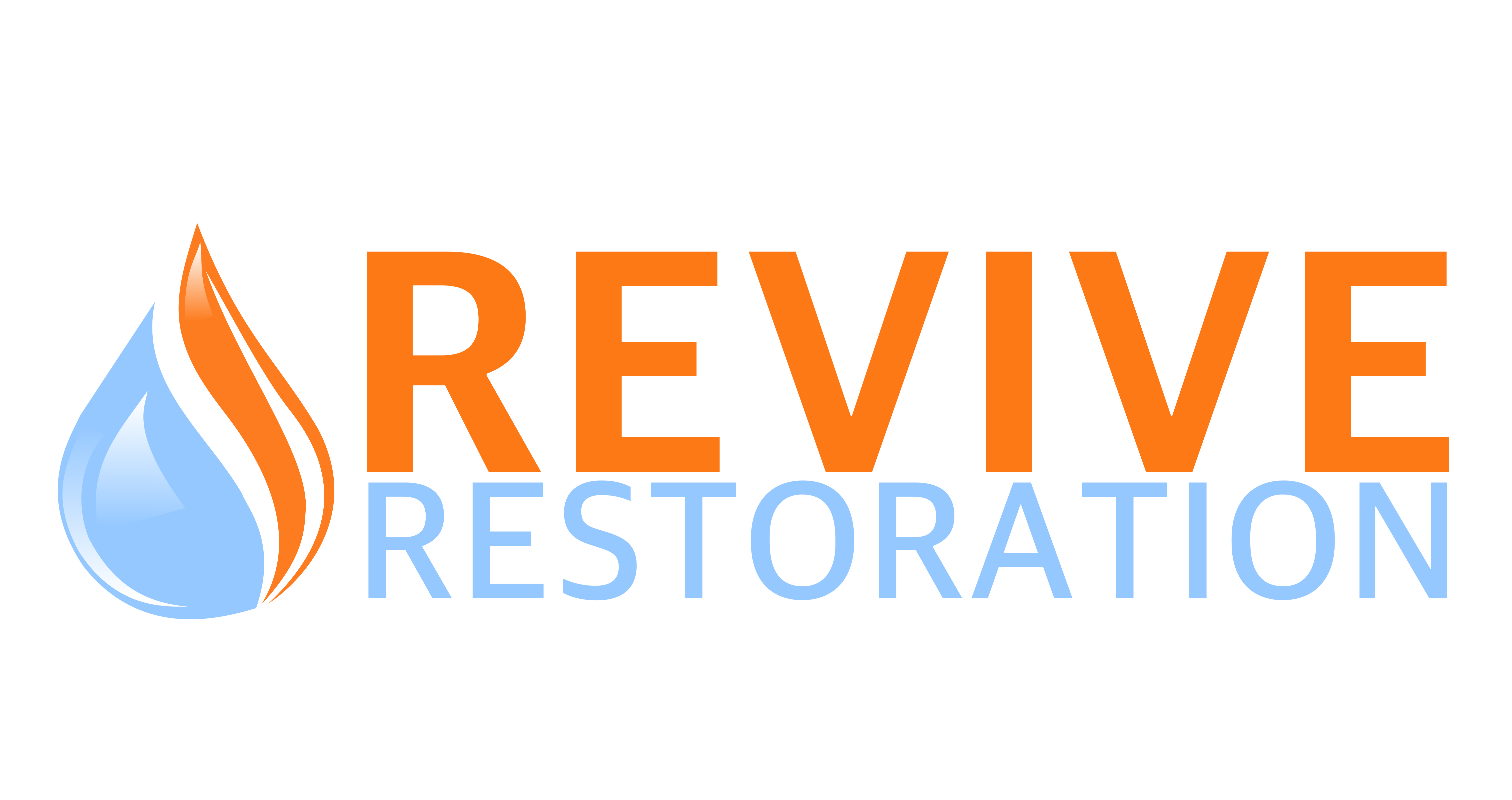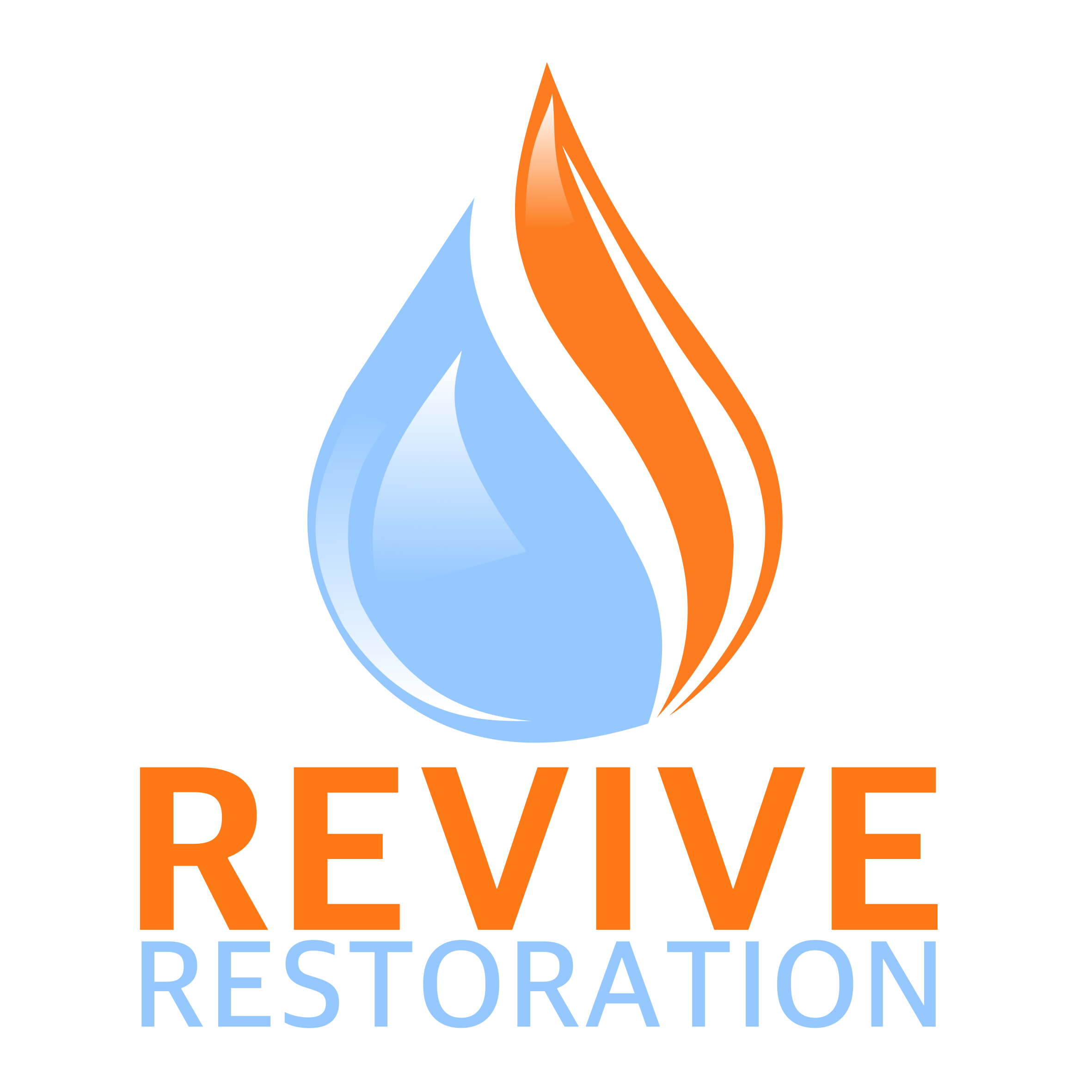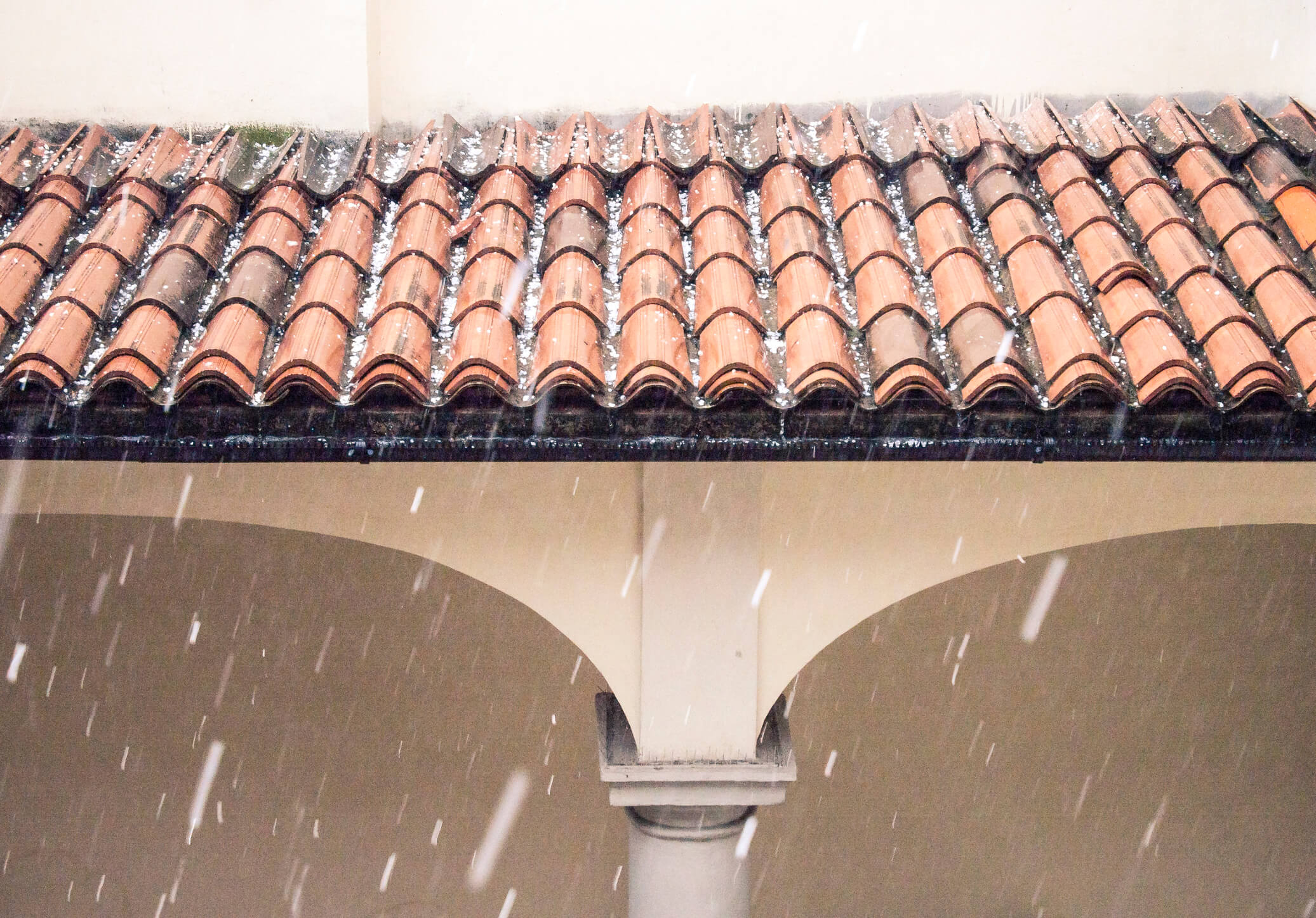Water Damage Caused By Hail Damaged Roof
In Larimer County Colorado, especially right now during the summer months, while the cooler temperatures and much-needed rain can be a welcome relief, these weather phenomenons can also bring with them strong winds, lightning, and of course, hail storms.
Water damage caused by damaged roof can be a serious issue for you as a homeowner. When a roof develops a leak, water can seep into the structure of the home, causing damage to the ceilings, walls, and even the foundation. If left untreated, water damage can lead to mold growth, structural issues, and costly repairs.
Can hail damage cause roof leaks?
Yes, hail damage can indeed cause roof leaks. When a hailstorm hits, the impact of the hailstones can weaken the protective layers of your roof, such as the shingles or tiles. This damage can create cracks, punctures, or fractures, and tears allowing water to seep into your property. This can create small or large holes that allow water to enter the property and into the surfaces.
Roof leaks caused by hail damage may not be immediately noticeable. Over time, however, the water can seep through the compromised areas and find its way into your attic or living spaces. This can lead to water stains on your ceilings, damp walls, or even mold growth if left untreated.
In addition to the physical damage, hail can also cause damage to the protective sealants that are designed to keep your roof waterproof. Hail can strip away the protective coating, leaving the roof with less protection.
Even a minor roof leak might be hazardous to one’s safety and health. Water will eventually flow down through the attic and all the way to the foundations. This can result in costly water damage repairs, such as:
-
Attic and Ceiling
Aside from the evident damage to items stored in the attic, the internal ceiling and walls have been harmed. As moisture penetrates the paint, it darkens, and the ceiling may bubble and expand. Furthermore, electrical wiring can be harmed.
-
Mold and Mildew
A leaky roof can cause black mold, which can travel throughout the home to the HVAC system via the vents, attacking wood frame, ceiling tiles, walls, and floor coverings. Mold and mildew can cause respiratory problems such as nasal congestion, rhinitis, inflammation, and asthma. Mold spores continue to multiply, causing allergic responses, asthmatic symptoms, and other major health issues. Another source of concern is the potential of a fire caused by water-damaged wiring.
How to prevent water damage from roof leaks?
To prevent water damage from roof leaks, it’s important to address any signs of a leak as soon as possible. Here are some steps you can take:
- Inspect your roof regularly: It’s important to address any potential hail damage promptly to prevent roof leaks. Look for any signs of damage, such as missing or damaged shingles, cracked tiles, or loose flashing. Pay attention to areas where water could potentially enter, such as around chimneys, vents, or skylights. Especially, after a hailstorm, it’s advisable to have a professional roofing contractor inspect your roof for any signs of damage. They can identify any weakened areas and recommend the necessary repairs or replacements. In some cases, homeowner insurance policies may cover the cost of repairing hail damage to your roof.
- Repair any damage promptly: If you notice any signs of damage, such as cracked or missing shingles, it’s important to have them repaired or replaced as soon as possible. Ignoring small issues can lead to bigger problems down the line.
- Clear debris from your roof: Leaves, branches, and other debris can accumulate on your roof and in your gutters, causing water to pool and potentially seep into your home. Regularly clean your roof and gutters to prevent this from happening.
- Maintain proper attic ventilation: Proper attic ventilation can help prevent moisture buildup, which can lead to roof leaks. Make sure your attic is properly ventilated to allow for the escape of hot, moist air.
- Check for signs of water damage inside your home: Look for water stains on your ceilings or walls, damp spots, or musty odors. These can be signs of a roof leak and should be addressed immediately. Remove any wet materials, such as carpets or furniture, and dry out the affected areas as soon as possible.
At Revive Restoration LLC, we offer full service when it comes to water damage, mold damage and remodel. Call us 24 hours a day, 7 days a week. Whether you need a complete restoration or a simple water removal or mitigation, we are here to help you restore damaged areas back to their original states.


